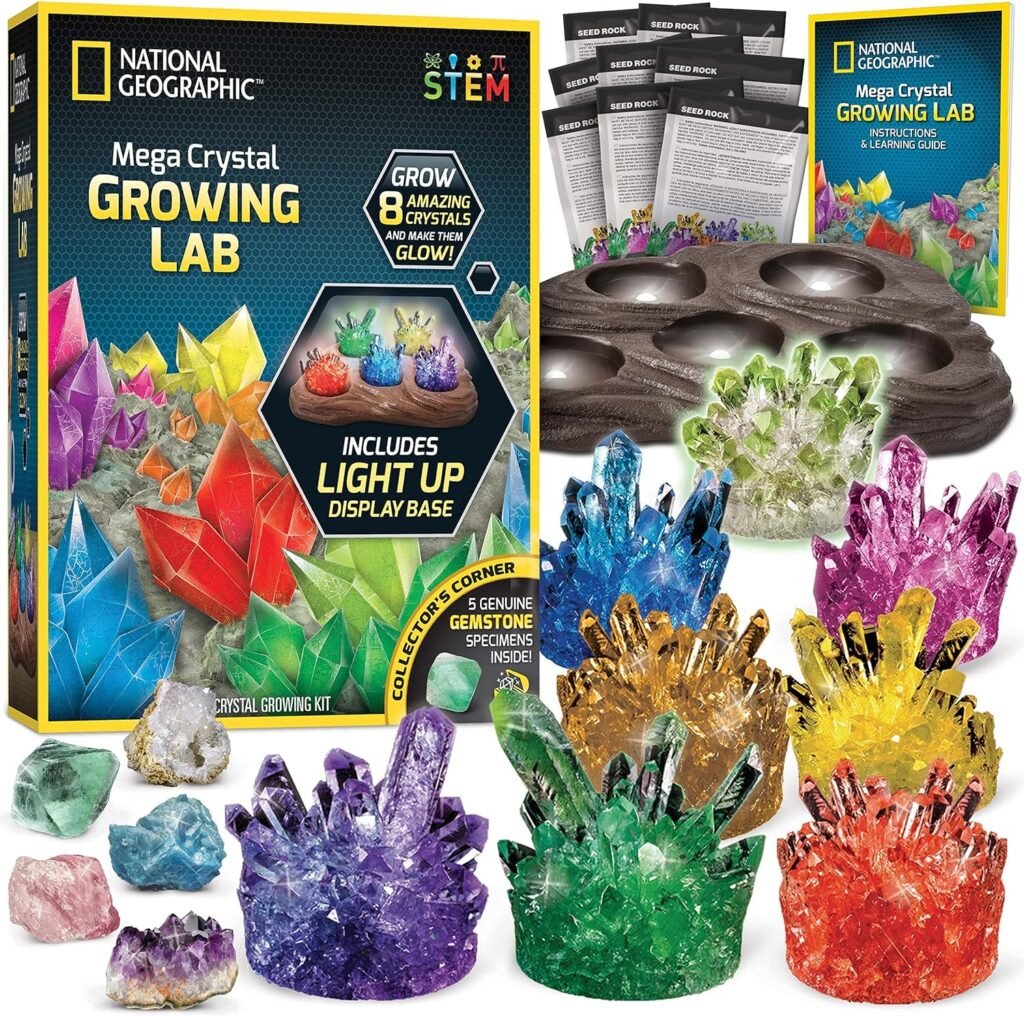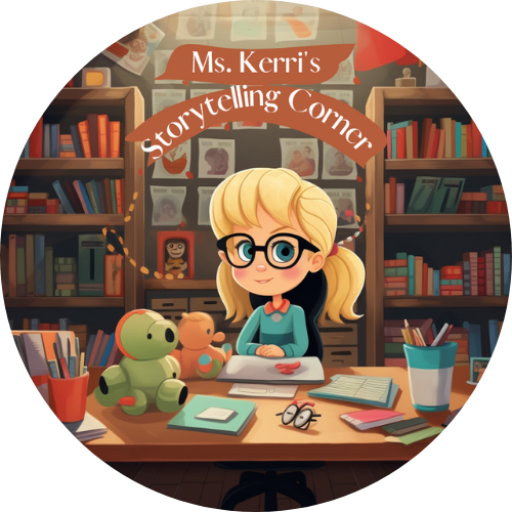Rainy days can feel long and boring, especially for kids stuck indoors. But don’t worry! A Sound Scavenger Hunt can turn a dreary day into an exciting adventure. This activity encourages children to explore their surroundings, listen closely, and engage their senses while having fun. Whether you’re looking for household sounds or creating themed hunts, there are plenty of ways to keep the learning alive and the boredom at bay.
Key Takeaways
- Sound scavenger hunts can be done indoors using everyday items.
- Themed hunts, like animal sounds or seasonal sounds, add excitement.
- Educational elements can be incorporated to enhance learning.
- Group activities like relay races can make sound hunts more engaging.
- Technology can be used for recording and identifying sounds.
Creative Sound Scavenger Hunt Ideas
Exploring Household Sounds
Let’s kick things off with the sounds right under our noses! I mean, who knew your house was such a noisy place? Challenge the kids to find and identify sounds like the refrigerator humming, the washing machine churning, or the ticking of a clock. It’s amazing how much we tune out until we actually start listening. You can even make it a bit harder by having them describe the sounds – is it a high-pitched whine or a low rumble? This is a great way to sharpen their listening skills and appreciate the everyday symphony of home.
Nature Sounds Indoors
Okay, so you’re stuck inside, but that doesn’t mean you can’t bring nature in! This one requires a little prep, but it’s worth it.
Here’s how you can do it:

- Find recordings of nature sounds (think birds chirping, rain falling, wind blowing).
- Play them at different volumes and have the kids guess what they are.
- Bonus points if they can imitate the sounds!
This is a fun way to connect with the outdoors, even when you’re stuck inside. Plus, it can be super relaxing. You can even use this as a chance to talk about different ecosystems and the animals that live there. It’s educational and entertaining – a win-win!
Musical Instrument Hunt
Do you have any musical instruments lying around? Perfect! If not, you can get creative with household items. Pots and pans can become drums, rubber bands stretched over a box can be a makeshift guitar, and a comb covered with wax paper can be a kazoo. The goal is to find or create instruments and then make some noise! Have the kids identify the sounds each instrument makes. You can even turn it into a mini-concert. This is a great way to explore musicality and have some fun, loud, creative play.
Engaging Themed Sound Hunts
Animal Sounds Adventure
Let’s get wild! Transform your sound scavenger hunt into an animal adventure. The goal? To identify and mimic animal sounds. This could involve anything from a dog’s bark (easily replicated!) to the trickier sounds of a lion’s roar (improvise!).
- Create a list of animals.
- Find recordings of their sounds.
- Have participants identify and imitate.
This is a great way to combine learning about animals with auditory skills. It also encourages kids to be creative and silly, which is always a plus.
Seasonal Sound Exploration
Each season has its own unique soundscape. Think about it: winter’s quiet snowfall, spring’s chirping birds, summer’s buzzing insects, and autumn’s rustling leaves. This hunt involves finding or creating sounds that represent each season. You could use instruments, household items, or even your own voice to mimic these sounds. For example, shaking a bag of dried leaves could simulate autumn, while gentle tapping might represent falling snow. Planning a Christmas vacation can be a great way to experience unique seasonal sounds.
- Brainstorm sounds for each season.
- Gather items to create those sounds.
- Record or perform the sounds.
Storybook Sound Hunt
Bring your favorite stories to life with a storybook sound hunt! Choose a book and identify key sounds mentioned in the text. For instance, if you’re reading “The Three Little Pigs,” you might look for sounds like a wolf’s huff and puff, the creaking of a door, or the crash of a house falling down. This activity encourages active listening and helps kids connect sounds with narratives. It’s a fun way to engage with literature on a whole new level.
- Select a storybook.
- Identify key sounds in the story.
- Find or create those sounds.
Educational Sound Scavenger Hunts

Five Senses Sound Hunt
Let’s get those senses working! This hunt focuses on connecting sounds to the other senses. It’s not just about hearing a sound, but also thinking about what it feels like, looks like, smells like, or even tastes like (though maybe not literally for all sounds!).
- Find something that makes a loud sound and feels rough.
- Locate a quiet sound that reminds you of a certain smell.
- Identify a sound that you associate with a specific color.
This type of scavenger hunt really encourages kids to think outside the box and make connections between different sensory experiences. It’s a great way to boost their observation skills and creative thinking.
Sound Identification Challenge
Ready to put your ears to the test? This challenge is all about identifying sounds without seeing what’s making them. You can record sounds around the house or use sound effects apps. The goal is to correctly name each sound. This is a great way to improve reading skills and auditory processing.
- Record 5-10 different sounds (e.g., a door closing, water running, a cat meowing).
- Play the sounds one at a time and have the kids write down what they think each sound is.
- Check the answers and see who got the most correct!
Sound Mapping Activity
Time to create a sound map! This activity involves drawing a map of a room or area and marking where different sounds are coming from. It helps kids understand the spatial relationship between sounds and their sources. It’s also a fun way to practice map-making skills.
Here’s how you can do it:
- Choose a room or area to map.
- Draw a basic outline of the space on a piece of paper.
- Sit quietly and listen for different sounds.
- Mark on the map where you think each sound is coming from.
Fun Group Sound Scavenger Hunts

Team Sound Hunt
Team sound hunts are a fantastic way to get everyone involved and working together. Divide participants into teams and provide each team with the same sound list. The first team to identify and record all the sounds on the list wins! This encourages collaboration and communication, as team members must listen carefully and share their findings. To make it more challenging, set a time limit or require teams to provide a creative recording or description of each sound.
Family Sound Challenge
Turn your sound scavenger hunt into a family affair! This is a great way to bond and create lasting memories. You can adapt the sound list to suit different age groups, ensuring everyone can participate. For example, younger children might search for simple sounds like a door closing or a dog barking, while older family members can tackle more complex sounds like the hum of the refrigerator or the whir of a fan. Make it a competition with a small prize for the winner, or simply enjoy the fun of exploring the soundscape together. Consider adding a twist by having family members mimic the sounds they find!
Sound Relay Race
Add an element of physical activity to your sound scavenger hunt with a sound relay race. This is perfect for high-energy groups who need to move around. Here’s how it works:
- Divide participants into teams.
- Set up a course with different sound stations.
- At each station, teams must identify the sound and complete a task (e.g., write it down, mimic it, or find an object that makes the sound).
The first team to complete the course and correctly identify all the sounds wins. This combines listening skills with physical coordination and teamwork, making it a fun and engaging activity for all ages. You can even incorporate obstacles or challenges along the course to make it even more exciting. Don’t forget to create a cozy Christmas atmosphere with some festive music to set the mood!
DIY Sound Scavenger Hunt Resources

Printable Sound Hunt Lists
Okay, so you’re ready to make your own sound scavenger hunt? Awesome! One of the easiest ways to get started is with a printable list. You can find tons of free templates online, or even better, create your own tailored to your house and neighborhood. Think about the sounds that are unique to your environment.
- A dog barking three houses down
- The hum of your refrigerator
- Your washing machine
I remember one time, I made a list for my niece, and she was so excited to find every single sound. It was way more fun than I thought it would be.
Sound Hunt Apps
Did you know there are apps for this kind of thing? Seriously! Some apps let you record sounds, identify them, or even create your own custom sound scavenger hunts. It’s a great way to integrate technology into the activity, especially for older kids who are glued to their phones anyway. Plus, some apps have built-in sound libraries, which can be super helpful if you’re drawing a blank on what sounds to include.
Creating Your Own Sound Hunt
Alright, let’s get creative! Making your own sound hunt is easier than you think. Start by brainstorming a list of sounds that are common in your environment. Then, think about how you want to present the hunt. Will it be a written list, a series of clues, or maybe even a set of audio recordings? Get the kids involved in the creation process – they’ll have a blast coming up with ideas.
Here’s a simple way to do it:
- Brainstorm Sounds: List all the sounds you can think of in your house or neighborhood.
- Create Clues: Write down clues for each sound. For example, instead of “a car horn,” you could write “a sound that makes you jump when you’re not expecting it.”
- Test it Out: Before you unleash the hunt on the kids, try it yourself to make sure the clues are clear and the sounds are actually audible.
Incorporating Technology in Sound Hunts

Using Sound Apps
Sound apps can seriously level up your sound scavenger hunts. Instead of just listening, kids can use apps to analyze sounds, identify their sources, and even visualize sound waves. There are apps that turn your phone into a simple spectrogram, showing the different frequencies in a sound. This is a great way to introduce basic concepts of acoustics in a fun, hands-on way.
Recording Sounds
Recording sounds during a scavenger hunt adds another layer of engagement. Kids can use smartphones or tablets to capture the sounds they discover. Later, they can listen back to their recordings, create sound collages, or even try to recreate the sounds themselves. It’s like creating a sonic diary of their adventure!
Here’s a simple way to do it:
- Open the voice recorder app on your device.
- Press record when you hear a target sound.
- Save the recording with a descriptive name.
- Listen back and discuss the sound’s characteristics.
Sound Recognition Games
There are tons of sound recognition games available for tablets and smartphones that can be adapted for a sound scavenger hunt. These games often challenge players to identify sounds from different animals, objects, or environments. You can create a scavenger hunt list based on the sounds featured in the game, turning the real world into a giant, interactive soundboard.
Technology can transform a simple sound scavenger hunt into an immersive learning experience. By using apps, recording devices, and sound recognition games, you can encourage kids to listen more attentively and develop a deeper appreciation for the sounds around them.
Sound Scavenger Hunt for Different Age Groups

Sound scavenger hunts are super adaptable. What works for a toddler won’t necessarily engage a teenager, so let’s look at how to tailor these activities for different age groups. It’s all about adjusting the complexity and the level of independence to match their developmental stage. Think about what captures their attention and what challenges them appropriately.
Toddler Sound Exploration
For toddlers, it’s all about simple sounds and repetition. Focus on everyday noises they can easily identify.
- Use picture cards of common objects like a clock, a dog, or a car. Play the sound and have them match it to the picture.
- Encourage them to make the sounds themselves. Can they bark like a dog or tick like a clock?
- Keep it short and sweet. Toddlers have short attention spans, so a quick 10-15 minute hunt is perfect. You can even try a color scavenger hunt to find items that match sounds.
Elementary Sound Hunts
Elementary-aged kids are ready for more complex challenges. They can follow simple instructions and work independently (with some supervision, of course!).
- Create a list of sounds they need to find around the house, like “something that crinkles,” “something that beeps,” or “something that makes music.”
- Introduce the concept of sound mapping. Have them draw a simple map of a room and mark where they hear different sounds.
- Incorporate a reward system. A small prize for completing the hunt can add extra motivation.
Elementary kids are also at an age where they can start to understand the science behind sound. Briefly explain how sound travels and how different objects create different vibrations. This adds an educational element to the fun.
Teen Sound Challenges
Teens need a challenge that’s engaging and doesn’t feel too childish. Think about incorporating technology and problem-solving.

- Use a sound recording app to capture different sounds around the house or neighborhood. Then, have them identify the sounds without seeing the source.
- Create a sound-based mystery. Record a series of sounds that tell a story, and have them figure out what happened. For example, the sounds of footsteps, a door closing, and a whispered conversation could suggest a secret meeting.
- Encourage them to create their own sound scavenger hunt for younger siblings or friends. This gives them a sense of responsibility and creativity.
Wrap-Up
So there you have it! Indoor scavenger hunts can really turn a gloomy, rainy day into something fun and exciting. They keep kids moving, thinking, and exploring right in their own home. Plus, you can mix and match ideas to keep things fresh. Whether it’s a color hunt, a themed treasure hunt, or something that gets them using their senses, the possibilities are endless. So next time the skies are gray, grab a list and let the adventure begin! You might just find that the best memories are made indoors.
Frequently Asked Questions
What is a sound scavenger hunt?
A sound scavenger hunt is a fun activity where kids search for different sounds in their environment, like clapping, tapping, or nature sounds.
How can I set up a sound scavenger hunt at home?
You can create a list of sounds for your kids to find around the house or outside, and then let them go on a hunt to discover those sounds.
What age group is best for sound scavenger hunts?
Sound scavenger hunts can be enjoyed by kids of all ages, but you might want to adjust the difficulty of the sounds based on their age.
Can I use technology in a sound scavenger hunt?
Yes! You can use apps to help identify sounds or record the sounds your kids find during the hunt.
What are some examples of sounds to include in a scavenger hunt?
You can include sounds like a ringing phone, a pet barking, leaves rustling, or music playing.
How long should a sound scavenger hunt last?
A sound scavenger hunt can last anywhere from 30 minutes to an hour, depending on how many sounds you include and how engaged the kids are.


Ms. Kerri’s Corner provides a exciting virtual space for preschool learning. Through a variety of engaging activities, she exposes young minds to early math, literacy, science and social-emotional skills in a developmentally appropriate way. Centers for blocks, art, books and music allow children to explore hands-on learning at their own pace. Guided lessons subtly introduce number sense, letter sounds and narrative thinking. Careful observation gives insight into each child’s progress across domains. Viewers are also invited to participate, reinforcing that their ideas are valued. By making learning fun yet purposeful, Ms. Kerri lays the groundwork for future academic success while fostering creativity and imagination. Her program offers preschoolers valuable screen-based learning experiences.




